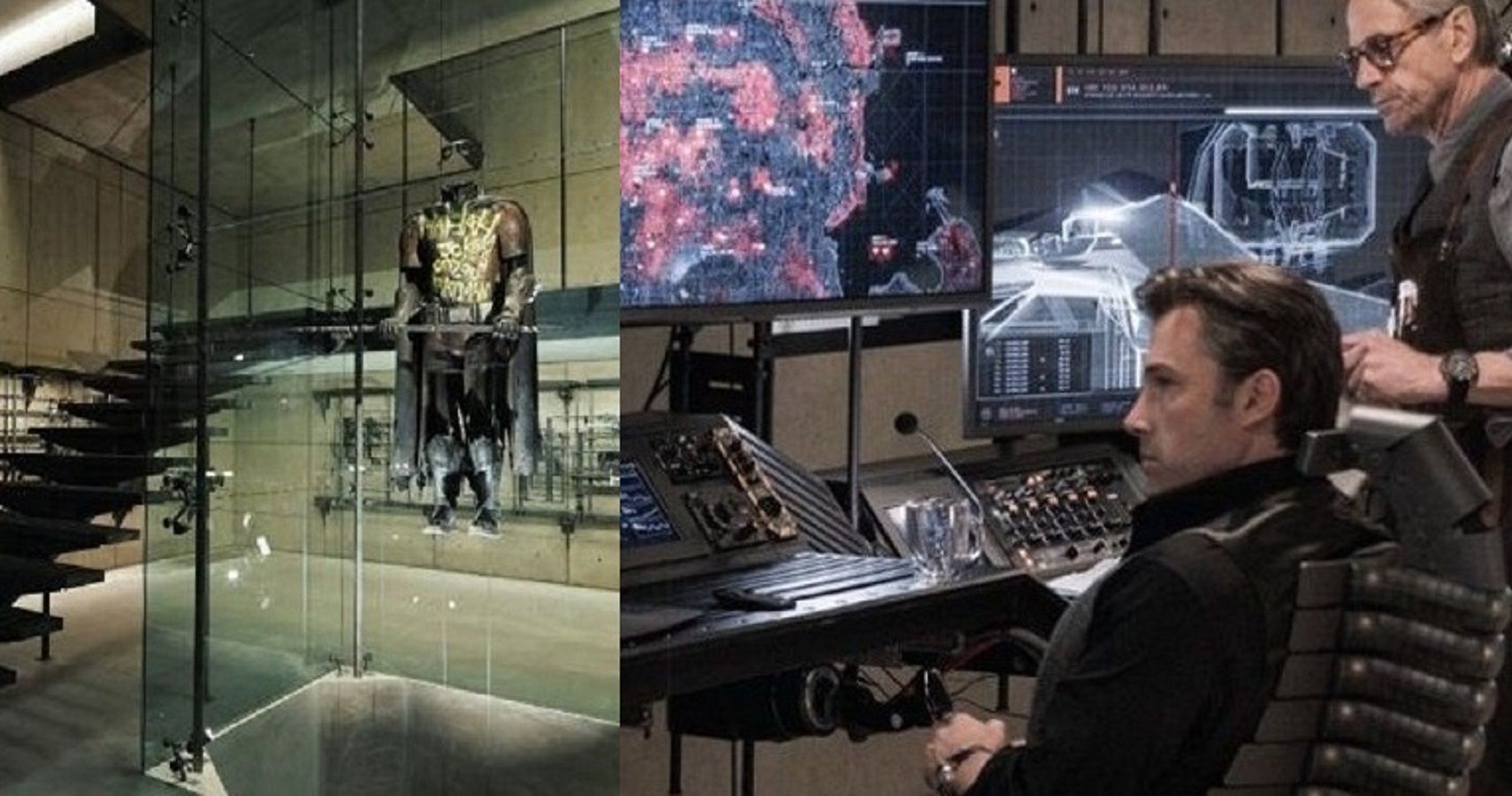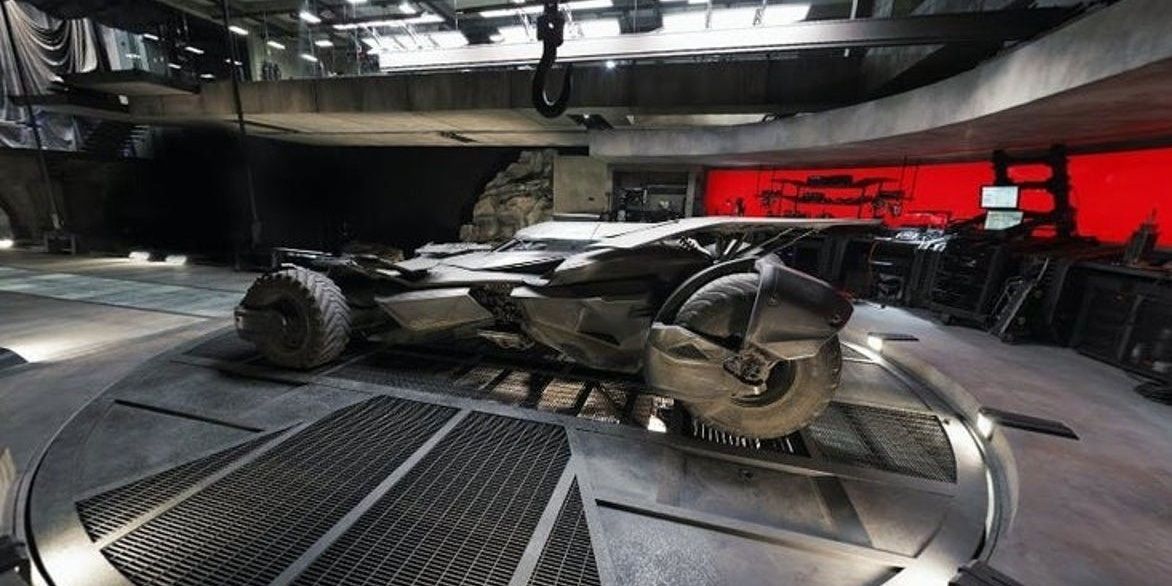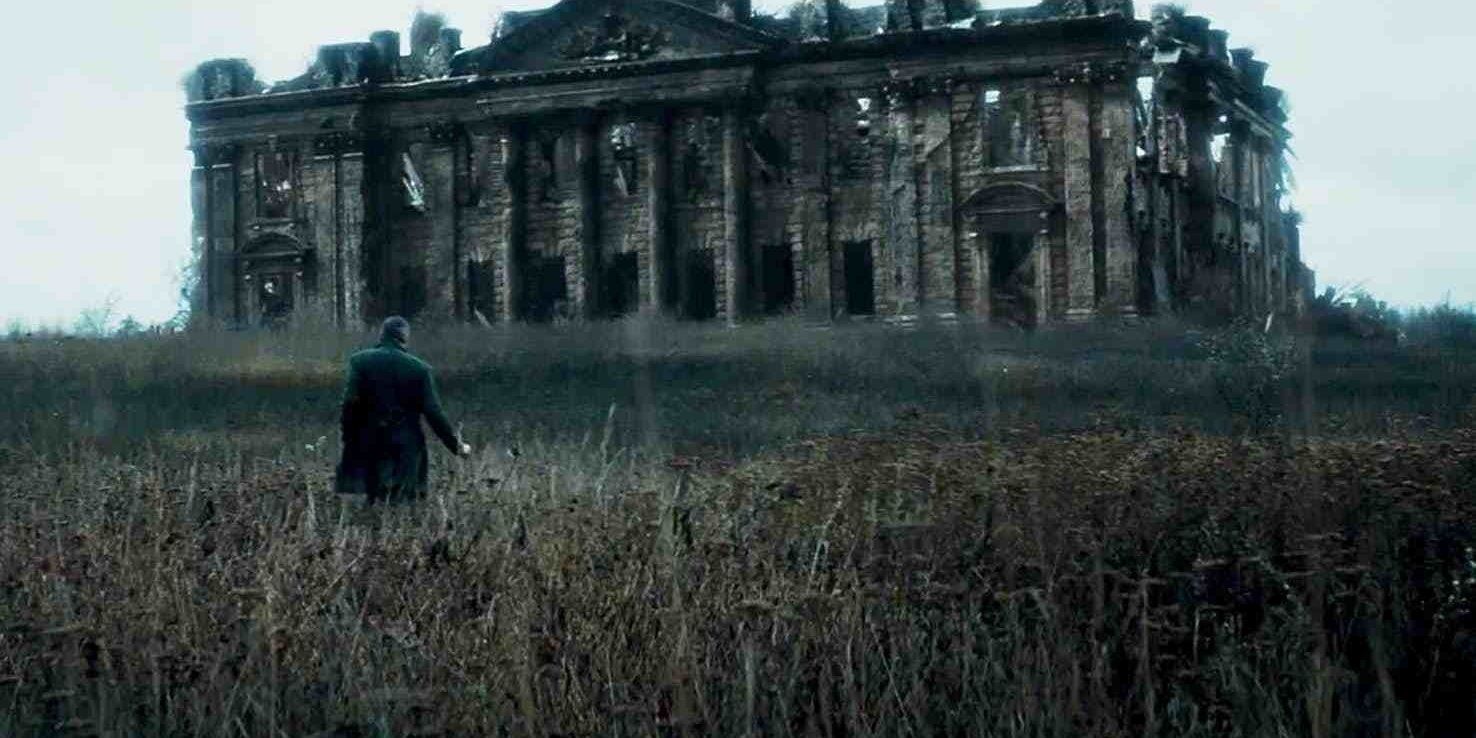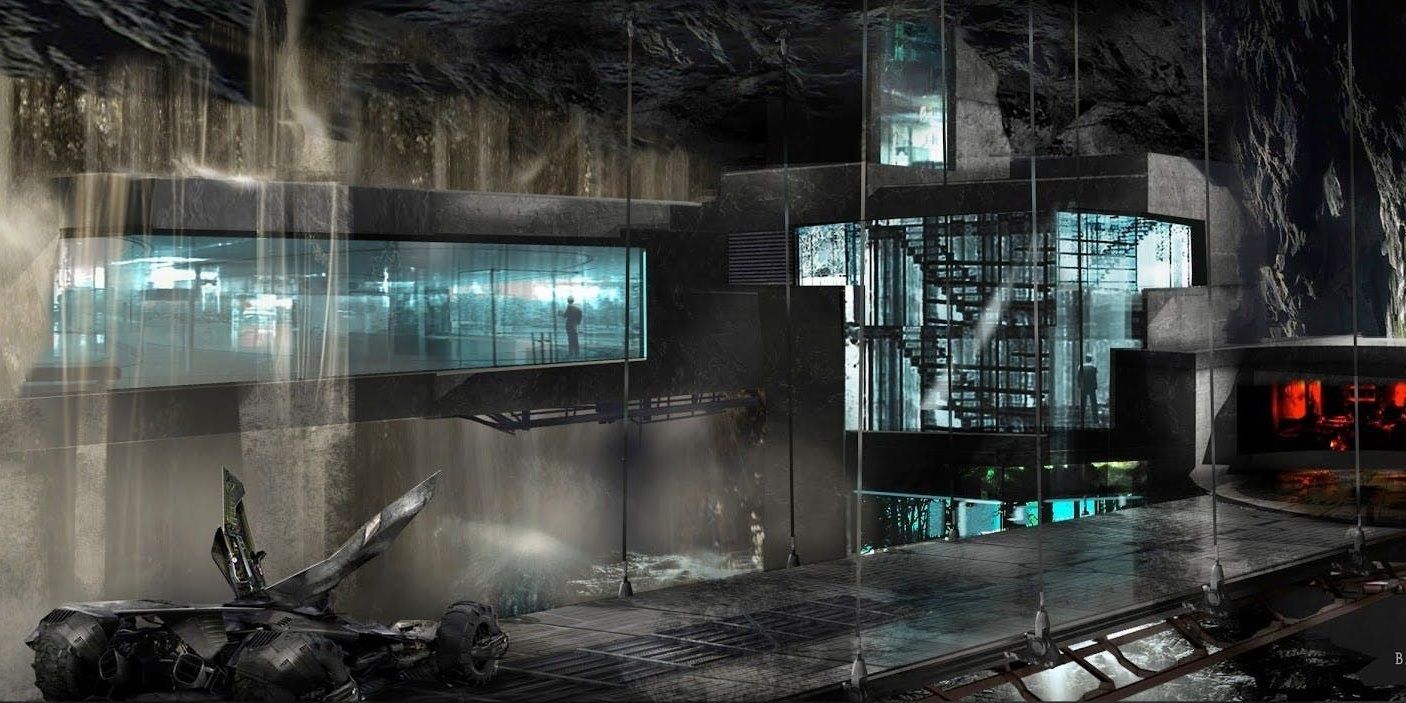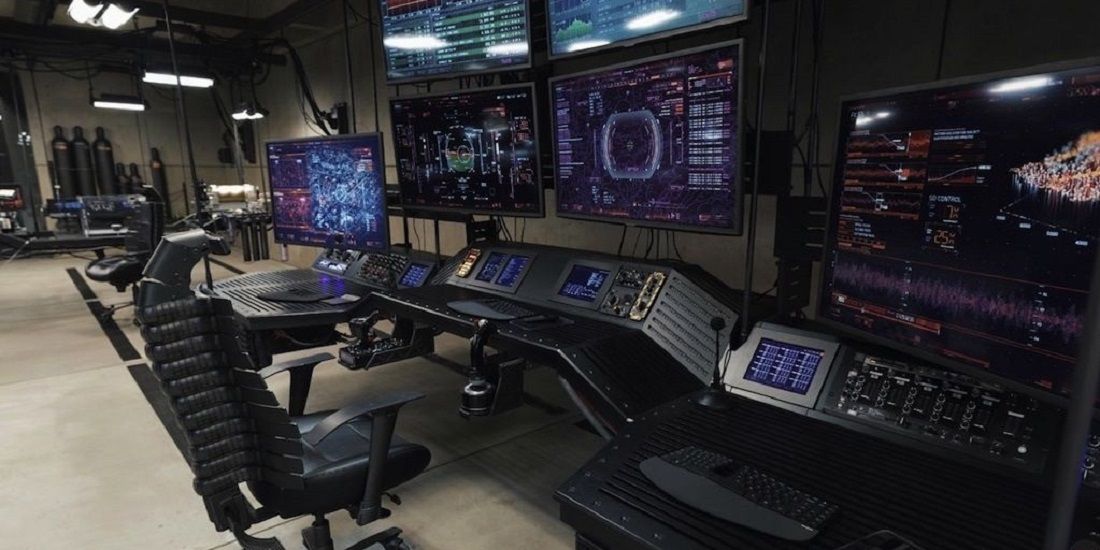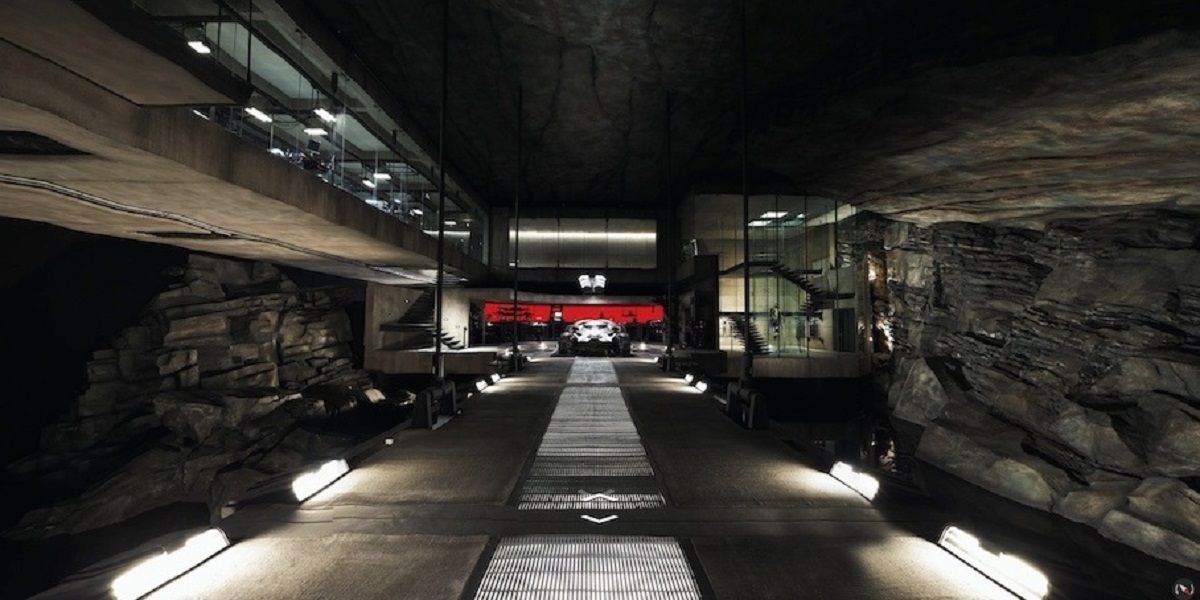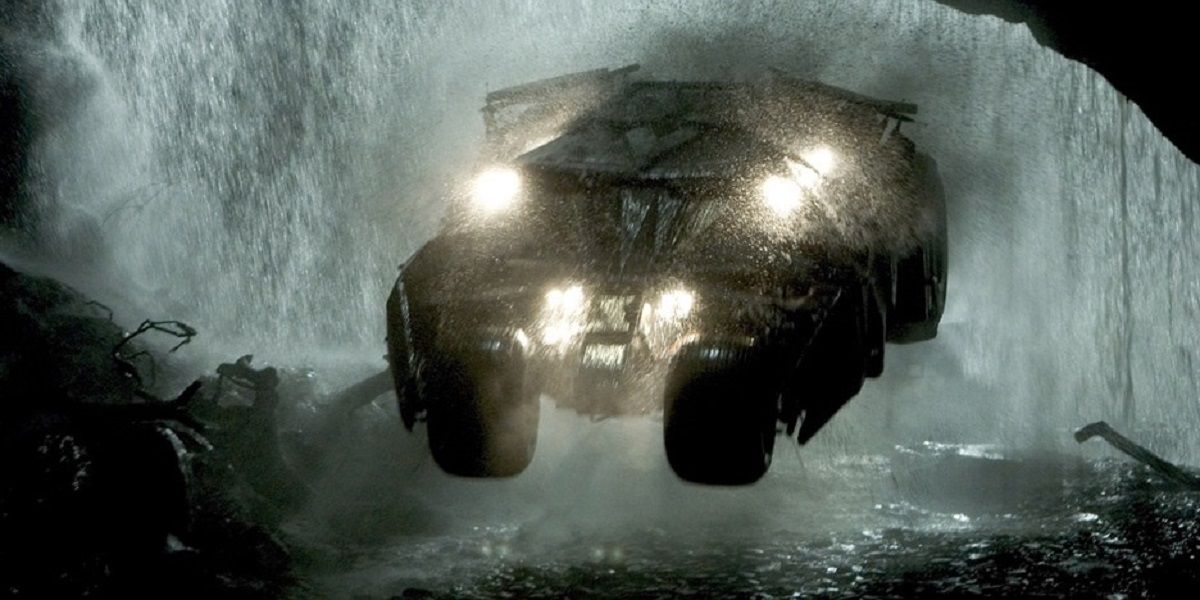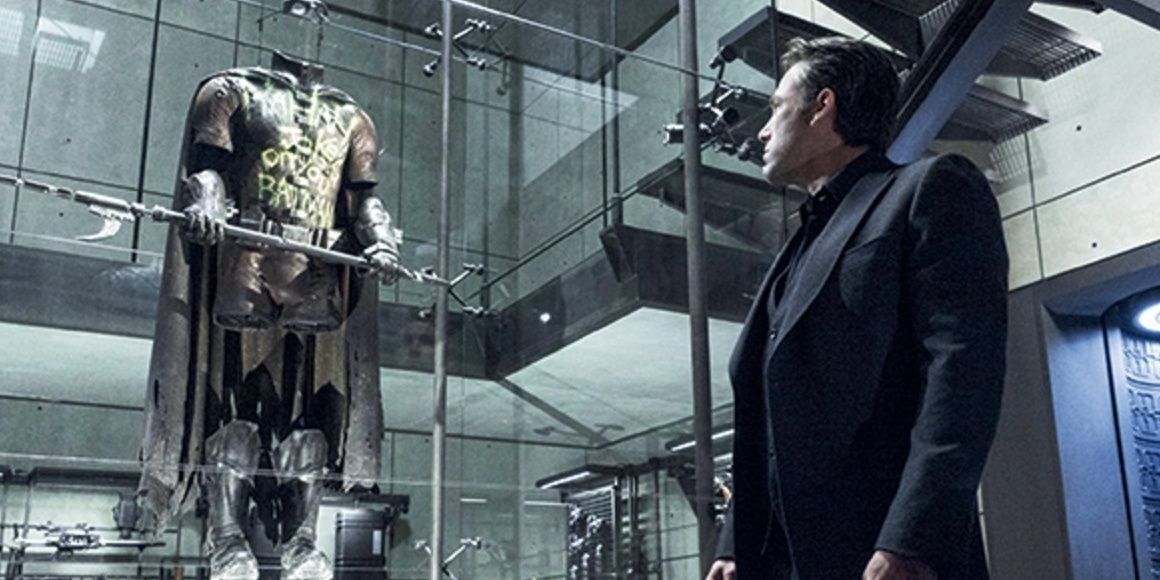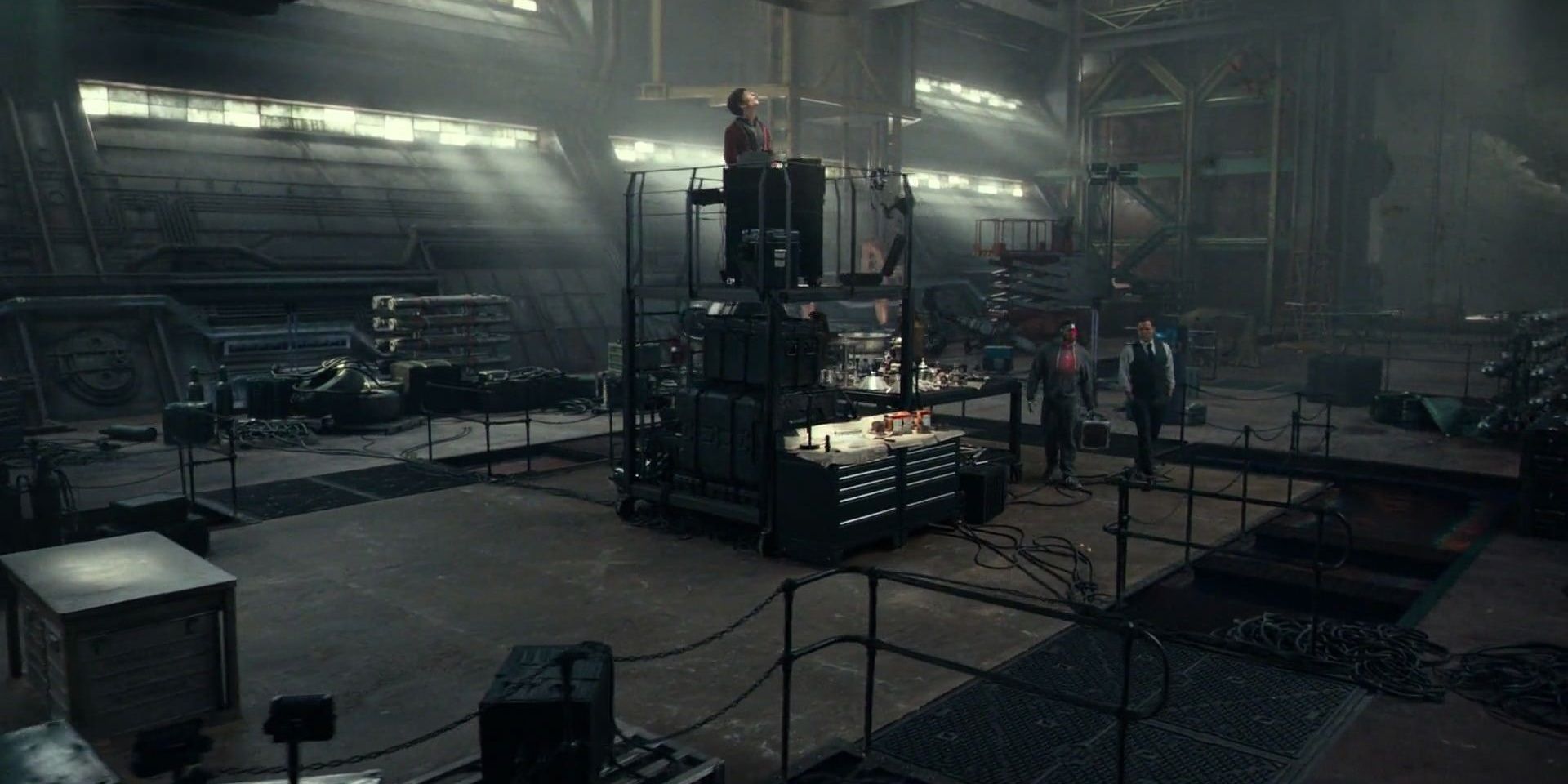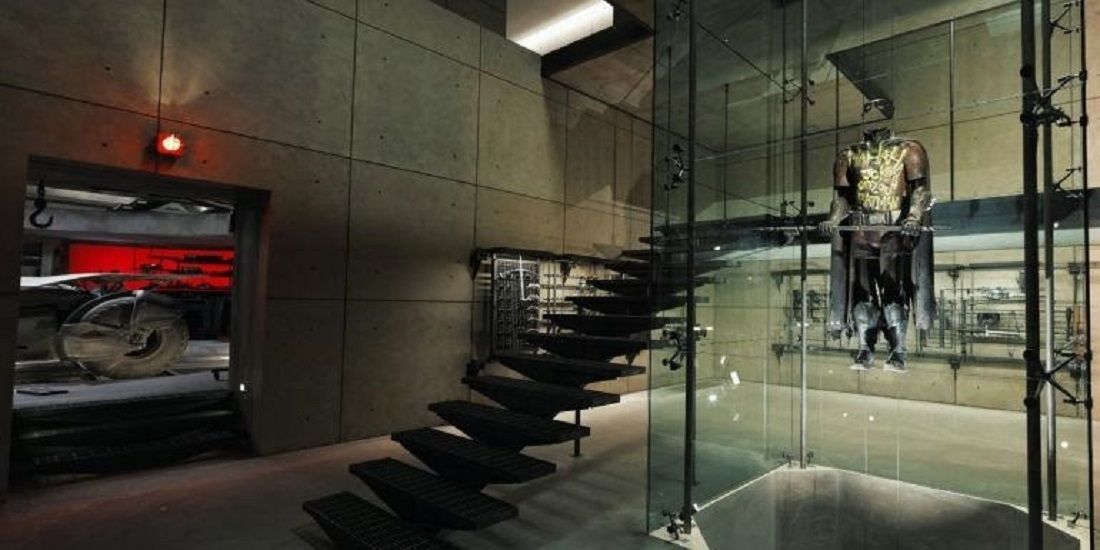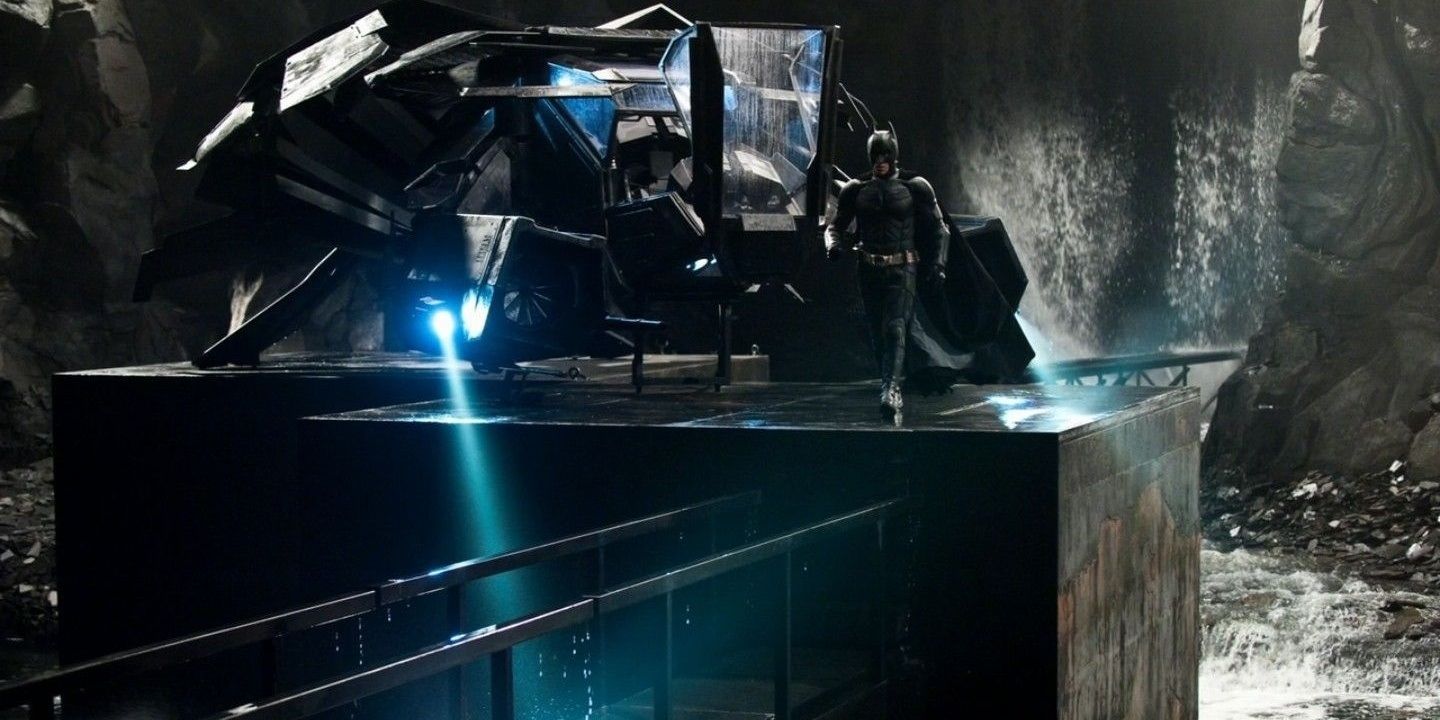Batman’s narrative in the DCEU could easily be charted if someone examined the evolution of the Batcave. Fans are distinctly fond of the hauntingly unusual, broody Batcave of The Dark Knight trilogy which was essentially like being in the middle of the Forbidden Forest with a dark lake, a huge waterfall, and very little architecture or even urban planning.
But Ben Affleck’s Batman made way for a rather interesting, almost futuristic set-up with the Batcave in Batman V Superman: Dawn of Justice. It was sleek, outstandingly planned, well-executed with geometrical symmetry. In fact, there were many hidden clues and detailing in the Batcave which are indicative of Batman’s trajectory. Let’s have a look at them:
It’s Actually An Underground Hangar
Bill Finger, the original co-creator of Batman had talked about secret underground hangars in the very first serialized comic outing of Batman in 1942. The first series had a strong political undertone to it since it was set around tumultuous times, right in the middle of the second world war. In fact, Bruce Wayne and Dick Grayson (Robin) were introduced as secret service agents in the 1943 version of the movie serial, where the ‘Bat’s Cave’ was shown to be equipped with a functional crime lab.
The Batcave in Batman V Superman essentially retains the stripped-down, military vibe of an underground hangar and is built like an expansive and structured floor area meant to store heavyweight automobiles or weaponry.
The Batcave Is Not In Wayne Manor
In Dawn of Justice, the Batcave is not located below Wayne Manor, and in fact, is situated a little farther away from the house in the midst of a wooded area. So, Bruce discovers the cave when he has his traumatic fall as a child, and when Wayne Manor is destroyed in a fire, Bruce and Alfred move to a polished, urban and modernist glass building that they built right above the cave.
The cave was obviously meant to act as his personal workshop, garage, lab, and headquarters, and this was quite a detour from the canon as the cave was historically always part of the Wayne manor.
The Cave Came First
Acclaimed production designer Patrick Tatopoulos revealed that though he wanted to retain the sense of legacy with the Batcave, he never envisioned it as something grand. Tatopoulos revealed that he tried to make it obvious that the cave existed first and Batman’s home was actually just trying to fit around the cave.
This makes sense because Wayne deliberately chose to live right above the cave and built his new home accordingly. Fans could also tell upon closer inspection that at places the Batcave lacked structural symmetry and was actually squished against the almost oppressive architecture of the cave.
Very Little Footprint
The Batcave in Batman V Superman had very little apparatus stationed on the floor; in fact, everything except a few chairs and necessary lab equipment like trolleys was suspended. Even the main computer system and Batman’s half-finished armor were hung up to de-clutter the floor area. The design team had to be very vigilant about managing the space because the lab area, especially, had too much equipment but the Batcave should never look clumsy or claustrophobic.
To do away with the element of disarray, most of the indoor structures in the cave were kept floating, and Tatopoulos revealed that he was very conscious about not adding too many pillars or units to minimize the footprint on the floor.
The Significance Of The Brutalist Architecture
Fans have noted how each Batcave differed according to each Batman’s personal aesthetic; while Christian Bale’s vigilante loved being ostentatious and loved glossy black surfaces, Ben Affleck’s Bruce Wayne is a minimalist and has a characteristic worldliness about him.
Tatopoulos had revealed during the release of Dawn of Justice that he wanted to add a sense of brutalism to the Batcave’s architecture, to establish it as strong, tough and non-flashy. Brutalist architecture is often defined by bare material surfaces and blocky structures, and the Batcave fits the bill to the T, as it exudes a sense of matured essentialism.
The Waterfall Isn’t In The Cave
Over the years, the Batcave waterfall has been repurposed to add to the relevance of the structure. In Batman Begins, for instance, the waterfall is very much inside the Batcave and runs into a lake. In Dawn of Justice, the waterfall is used to hide the location of the Batcave, so the Batmobile is shown disappearing into a slant surface right along the sides of the waterfall.
But as it rolls across the ramp to enter the Batcave, there is no sign of a water body. This also differentiates Tatopoulos’ cave from Nolan’s cave because the latter had a more in-the-wild organic quality about it.
Justice For Jason
Though Zach Snyder has been coy about admitting it, the Batcave had a costume in a glass box, which looks a lot like what the slain Jason Todd was wearing when the Joker killed him. The vandalized costume obviously belonged to Jason during his stint as The Boy Wonder.
The Batcave is also a shrine to some of the heroes Gotham has lost and is thus it’s fitting that Jason’s costume would find a place there, with the words “Hahaha Joke’s on you Batman,’ spray-painted on them. This reference goes back to the A Death in the Family story arc which featured Joker ruthlessly beating Jason and leaving him to die.
Why the Dawn of Justice Batcave Is So Different Than Justice League One
In Batman V Superman, Ben Affleck’s Batman had the space to carve his own niche and it was also really essential for DCEU. The first film was Affleck’s first film as Batman and the design of the Batcave was conceived as an extension to Affleck’s older Bruce Wayne, who’s somewhat world-weary at this point.
The Batcave in Justice League had several upgrades and was a lot more hi-tech than the one in Batman V Superman. Firstly, the Batcave had a bigger role in the film as it was kind of the base for the League, and the entire video monitoring equipment also claimed a major share of the space.
Why Everything Was Enclosed
Fans noticed a rather peculiar thing about the Batcave in Batman V Superman; every area was enclosed as a means of separation, which also added a lot of dimensions and structural drama to the entire cave. Art director Beat Frutiger who contributed a huge deal to the design of the cave revealed that the Batcave in the film was meant to resemble a huge modern catacomb, so everything had to be sectioned up.
This was also a way of de-cluttering the entire space, so the design team divided the entire cave into cubes for the hallway, the armory, the lab, and also the working stations where Alfred would work.
It Has More Architecture Than Any DCEU Batcave
Though Dawn of Justice’s Batcave clung to a minimalist, essentialist set-up, it still had more urban planning and construction than any of the other Batman films in DCEU. In The Dark Knight trilogy, the Batcave was mainly just a hauntingly elevated workstation set up next to a waterfall, which is not something that would sit well with today’s audiences.
The new Batcave obviously needed to be a lot more design-rich and well-thought-out, because this is something that’s planned by Bruce Wayne in his mid-40s. It could hardly feature the sweeping, moody statements which Bale’s Batman used in his Batcave, which was again conceived not as a workspace but as a hideout and a garage for the Batmobile.

